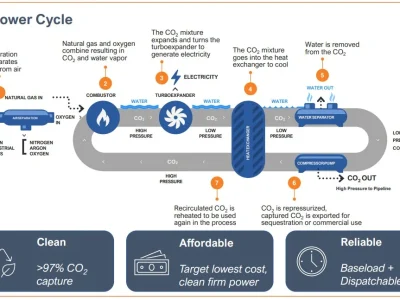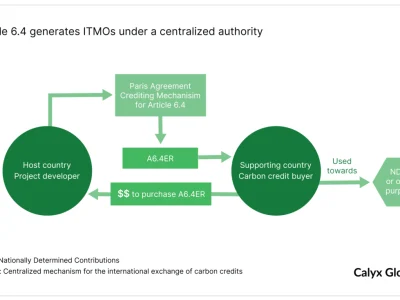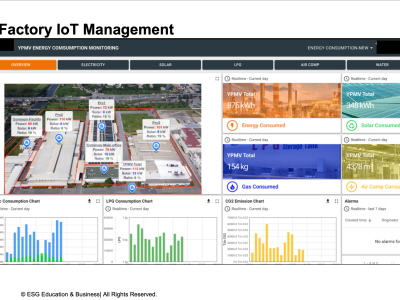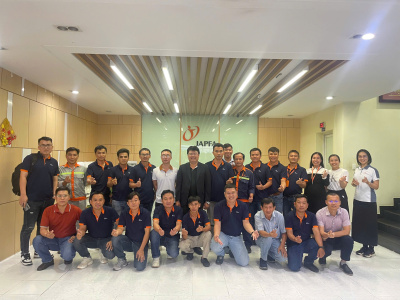 Chuong trinh dao tao
Chuong trinh dao tao
Scientific Evidence on the Benefits of Fermented Feed in Livestock Systems
Microbiome Modulation and Pathogen Suppression in Post-Weaned Pigs
A landmark doctoral thesis entitled Developments and Benefits of Liquid Feeding through Fermentation for the Post-Weaned Pig investigated the physiological and microbial impacts of fermented liquid feed in early-weaned piglets. The experimental design involved four feeding regimes: (1) fermented liquid feed, (2) unfermented liquid feed, (3) conventional pelleted dry feed, and (4) natural suckling for two weeks post-weaning. All groups were intentionally exposed to potential porcine pathogens to test microbial resilience.

The results were conclusive: coliform bacteria were absent from the terminal ileum in pigs fed fermented liquid feed, while significant coliform counts persisted in all other groups. In contrast, lactobacilli populations increased substantially in the gastrointestinal tract of pigs receiving fermented feed—most notably in the terminal ileum, the key site for nutrient absorption and immune activation. The ratio of lactobacilli to coliforms was markedly elevated, indicating a pronounced shift toward a protective gut microbiome.
The study strongly cautioned against unfermented liquid feed, highlighting its risk as a vector for pathogen proliferation and subsequent ingestion by immunologically vulnerable weanlings. These findings reinforce the concept that fermented feed serves not only as a nutritional input but also as a biosecurity tool, limiting exposure to enteric pathogens during the critical post-weaning period.
Fermentation as a Tool Against Antimicrobial Resistance in Feed Systems
Animal and aquaculture feeds are frequently contaminated with multidrug-resistant strains of Salmonella spp., contributing to the persistence of zoonotic transmission and complicating public health interventions (see: Why Is It So Difficult to Eradicate Salmonella?, Feed as a Likely Source of Salmonella on Pig Farms, and Salmonella enterica in Commercial Swine Feed). Fermentation provides a biological hazard reduction step, leveraging low pH, lactic acid, and antimicrobial metabolites to suppress pathogenic organisms without reliance on synthetic antimicrobials or antibiotics.
This approach is particularly relevant in the context of EU Regulation (EC) No 1831/2003, which—since 2006—has prohibited the use of antibiotic growth promoters (AGPs) in monogastric livestock. In the years since, organic acids have emerged as a substitute. However, fermentation delivers these acids in situ, reducing the need for costly additives while promoting feed stability and safety.
Probiotic Integration and Enhanced Animal Health Performance
A separate doctoral study by Hoàng Hương Giang in Vietnam (Impact of Bacteria and Yeast with Probiotic Properties on Performance, Digestibility, Health Status and Gut Environment of Growing Pigs in Vietnam) confirmed the synergistic effects of Bacillus spp., Saccharomyces spp., and LAB (lactic acid bacteria) on pig performance metrics. These included improvements in:
- Average Daily Gain (ADG)
- Feed Conversion Ratio (FCR)
- Digestive efficiency
- Reduction in diarrhea incidence and severity
The study concluded that such probiotic complexes are viable alternatives to antibiotic additives, particularly under tropical husbandry conditions. Similar findings were reported in Latin American trials, where Lactobacillus plantarum administration significantly improved final body weight and daily gain (p ≤ 0.05), while also reducing clinical diarrhea.
Maternal Fermentation Effects: Vertical Transfer of Gut Health
A comprehensive review (The Influence of Probiotic Use in Sows and Neonatal Piglets on Performance Measures and Diarrhea) identified a maternal route of microbial transfer: sows fed fermented or probiotic-enriched diets gave birth to piglets with significantly lower coliform counts and higher LAB concentrations in feces. These offspring also exhibited improved gut function and resistance to neonatal diarrhea.
This maternal effect demonstrates the intergenerational benefits of fermented feeding strategies, reinforcing the One Health nexus between animal, microbial, and human health systems.
Toward a Post-Antibiotic Future: Fermentation as a Cornerstone of Sustainable Feeding Systems
The phasing out of AGPs in animal agriculture has necessitated a shift toward biologically-based alternatives for disease prevention and performance enhancement. While acidifiers such as lactic, formic, or propionic acid are now widely used in monogastric diets, their integration often requires external procurement, dosing infrastructure, and compliance monitoring.
In contrast, on-farm feed fermentation offers a decentralized, low-cost, and climate-smart solution, enabling smallholder and commercial producers alike to:
- Reduce input dependency
- Enhance feed hygiene
- Minimize antibiotic use
- Increase resilience against disease outbreaks
By promoting endogenous acidification and supporting microbial balance, fermentation strengthens both animal welfare and economic viability, while contributing to global efforts to combat antimicrobial resistance (AMR) and improve food system resilience under SDG 3 (Good Health and Well-being) and SDG 12 (Sustainable Consumption and Production).
Author : Asean Farmers Team













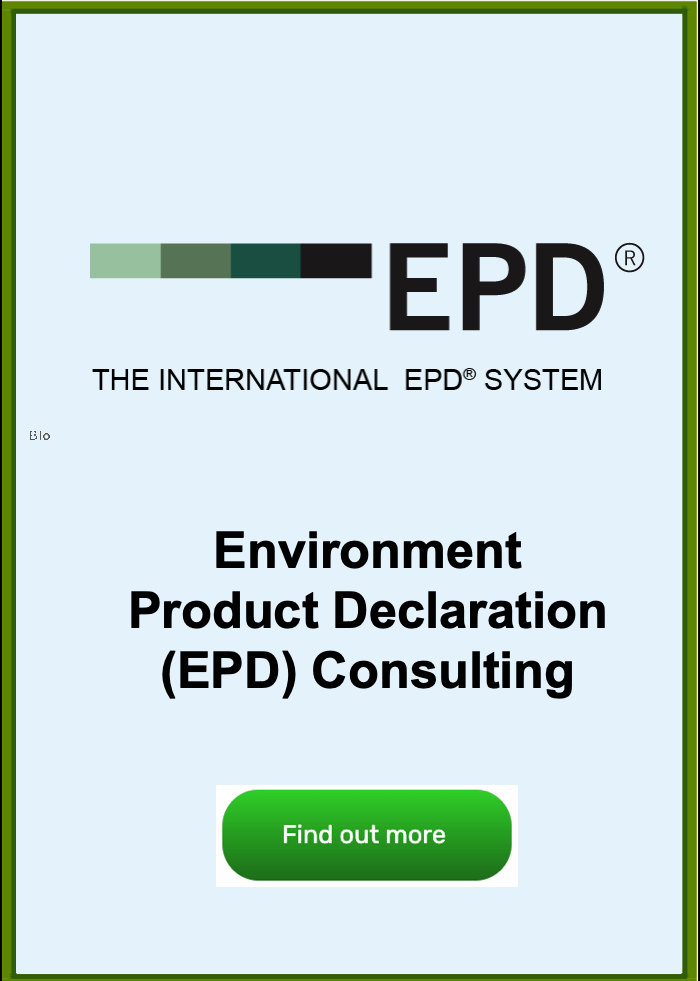
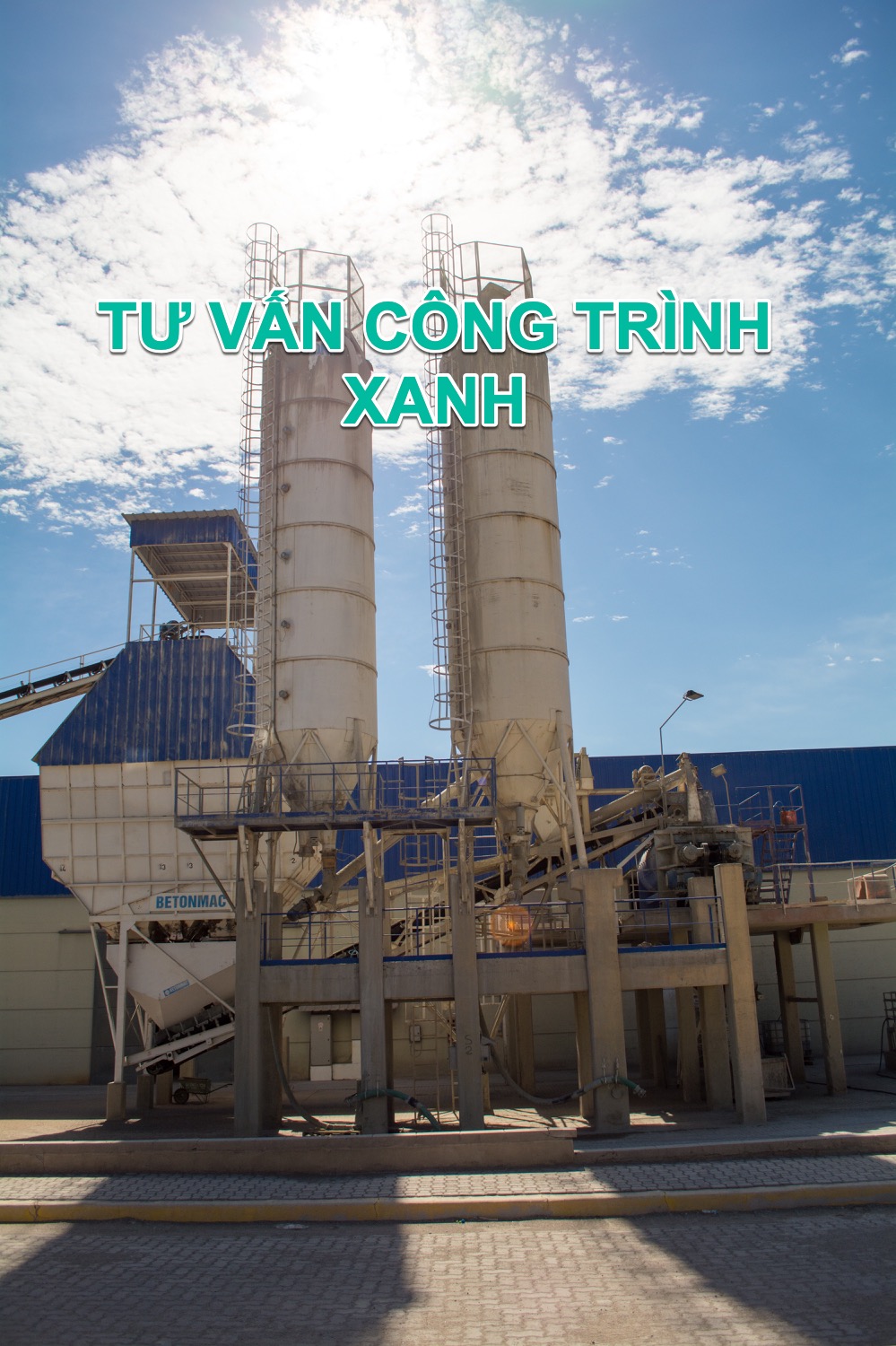


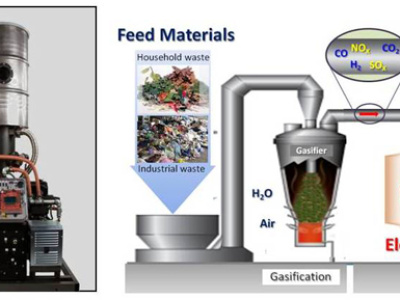
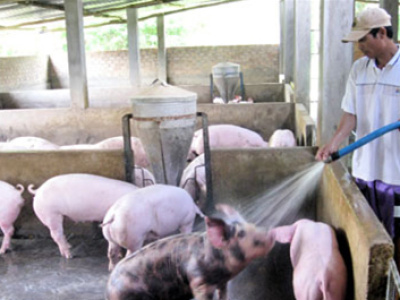
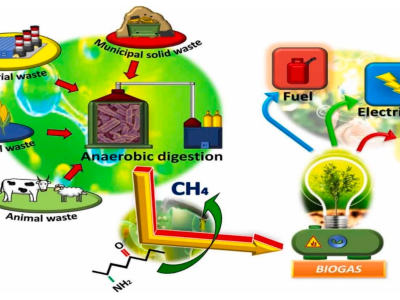
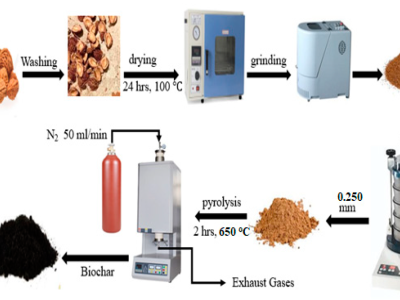
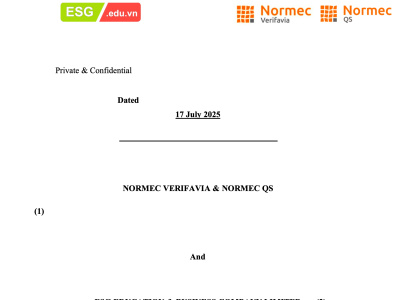

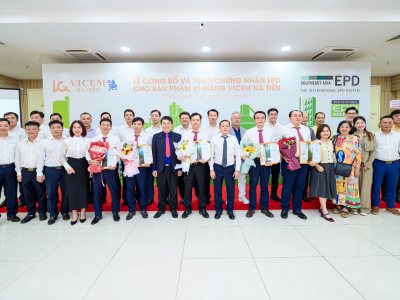



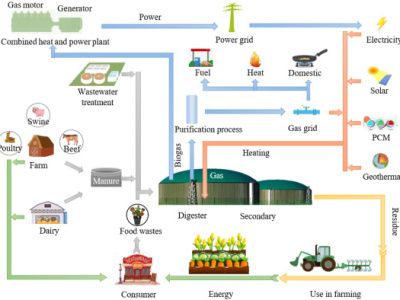
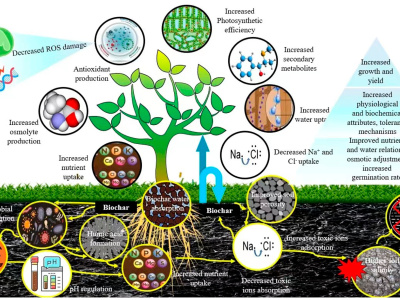

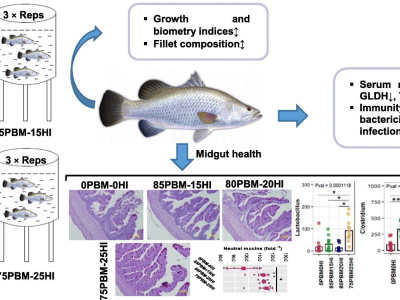

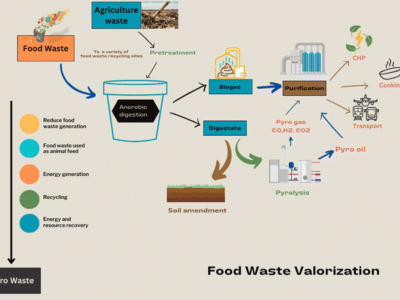


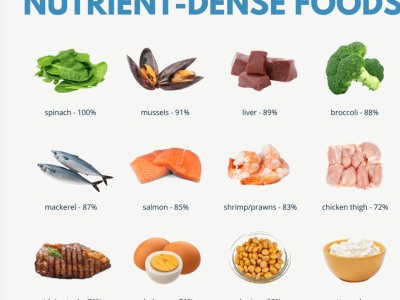
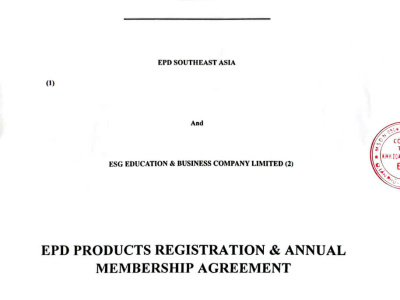
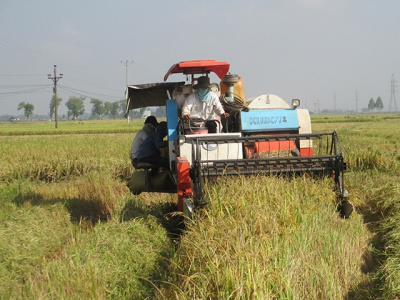

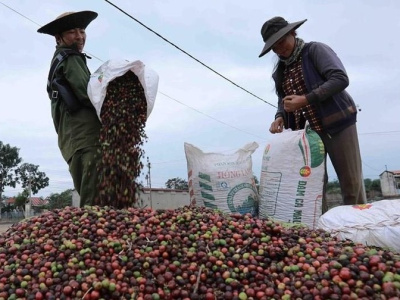
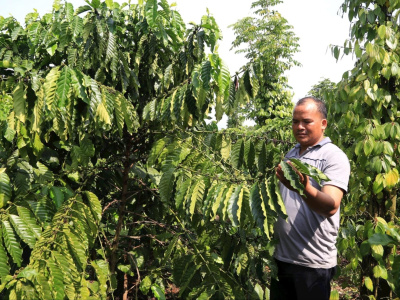
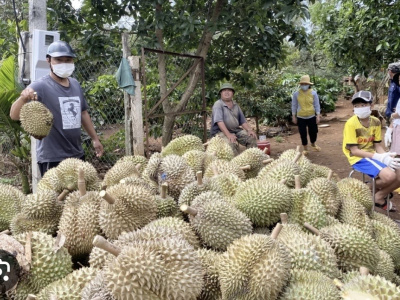



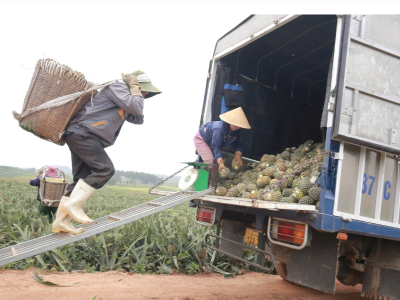
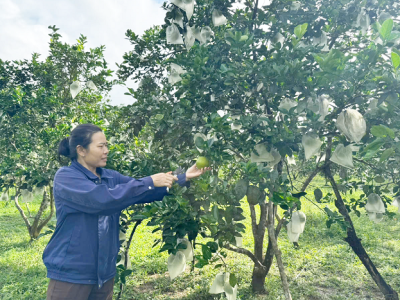


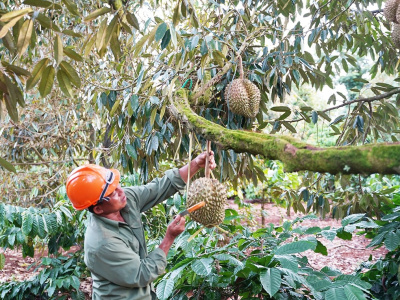

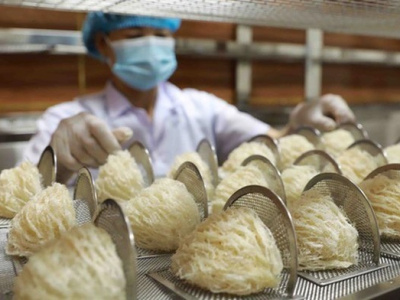

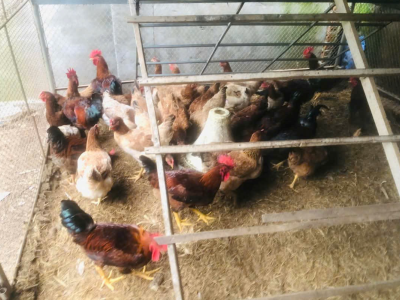
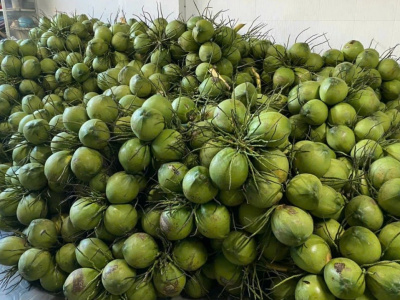
![NGUYỄN ĐÌNH QUYỀN [VN]](https://aseanfarmers.com/wp-content/uploads/NGUYEN-DINH-QUYEN-VN-400x300.png)

